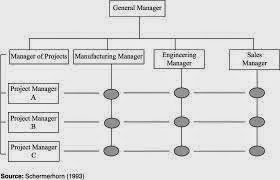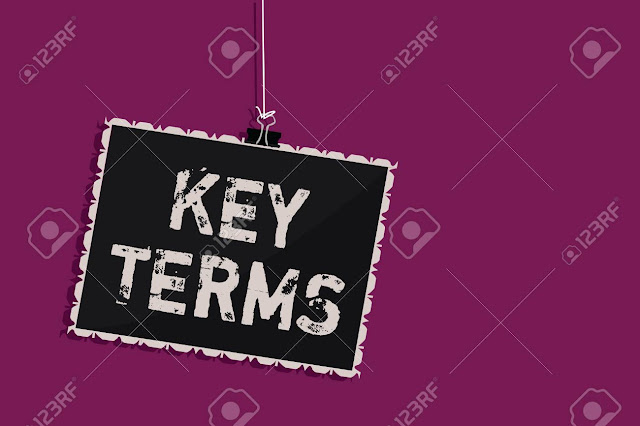11 TYPES OF COMMUNICATION BARRIERS
Communication is the nerve system of an
enterprise. It is said to be no. 1 management problem today. "It serves as
the lubricant, fostering for the smooth operations of management process.
1)
Physical Barriers: A communication is two-way process, distance
between the sender and the receiver of the message is an important barrier to communication. Noise and
environmental factors also block communication.
2)
Personal Barriers:
Personal factors like difference in judgement, social values, inferiority
complex, bias, attitude, pressure of time, inability to communicate, etc. widen
the psychological distance between the communicator and the communicate.
Credibility gap, i.e., inconsistency between what one says and what one does,
also, acts as a barrier to communication.
3)
Semantic or Language Barriers:
Semantic is the science of meaning. The same work and symbols carry different
meanings to different people. Difficulties in communication arise when the
sender and the receiver of the message use words or symbols in different
senses. The meaning intended by the sender may be quite different from the
meaning followed by the receiver. People interpret the message in terms of
their own behaviour and experience. Sometimes, the language used by the sender
may not at all be followed by the receiver.
4)
Status Barriers
Superior-Subordinate Relationship: status
or position in the hierarchy of an organization is one of the fundamental
barriers that obstructs free flow of information. A superior may give only
selected information to his subordinates so as to maintain status differences.
Subordinates, usually, tend to convey only those things which the superiors
would appreciate. This creates distortion in upwards communication. Such
selective communication is also known as filtering sometimes, "the
superior feels that he cannot fully admit to his subordinates those problems,
conditions or results which may affect adversely on his ability judgement.
5)
Organizational
Structure Barriers: Effective communication largely depends upon
sound organizational structure. If the structure is complex involving several
layers of management, the breakdown or distortion in communication will arise
it is an established fact that every layer cuts off a bit of information.
6)
Barriers due to
Inadequate Attention: Inadequate attention to the message makes
communication less effective and the message is likely to be misunderstood.
Inattention may arise because of over business of the communicatee or because
of the message being contrary to his expectations and beliefs. The simple
failure to read notices, minutes and reports also a con1ffion feature.
7)
Premature Evaluation: Some
people have the tendency to form a judgement before listening to the entire
message. This is known as premature evaluation. As discussed in the previous
point, "half-listening is like racing your engine with the gears in
neutral. You use gasoline but you get nowhere." Premature evaluation
distorts understanding and acts as a barrier to effective communication.
8)
Emotional Attitude: Barriers
may also arise due to emotional attitude because when emotions are strong, it
is difficult to know, the frame of mind "of other person or group.
Emotional attitudes of both, the" communicator as well as the communicatee,
obstruct free flow of transmission and understanding of messages.
9)
Resistance to
Change: It is general tendency of human beings to
stick to old and customary patterns of life. 1bey may resist change to maintain
status quo. Thus, when new ideas are being communicated to introduce a change,
it is likely to be overlooked or even opposed. This resistance to change
creates an important obstacle to effective communication.
10)
Barriers Due to Lack
of Mutual Trust: Communication means sharing of ideas in common. "When we
communicate, we are trying to establish a commonness." Thus, one will
freely transfer information and understanding with another only when there is
.mutual trust between the two. When there is a lack of mutual trust between the
communicator and the communicatee, the message is not followed.
11)
Other Barriers: There
may be many other barriers, such as unclarified assumptions, lack of ability to
communicate, mirage of too much knowledge of closed minds, communication
overload, shortage of time, etc., which cause distortion or obstruction in the
free flow of communication and thus make it ineffective. Failure to retain or
store information for future use becomes a barrier to communication when the
information is needed in future.


Comments